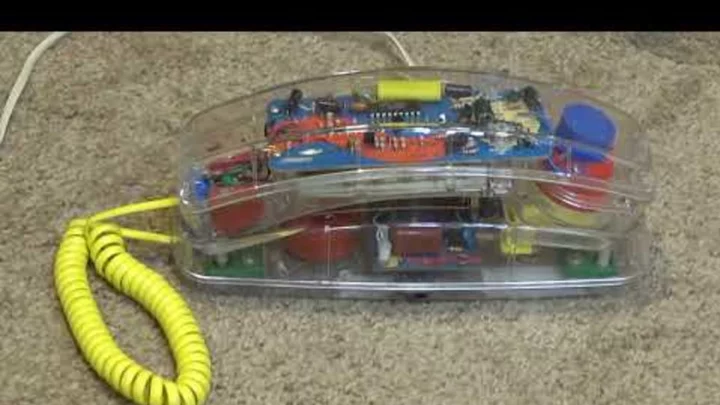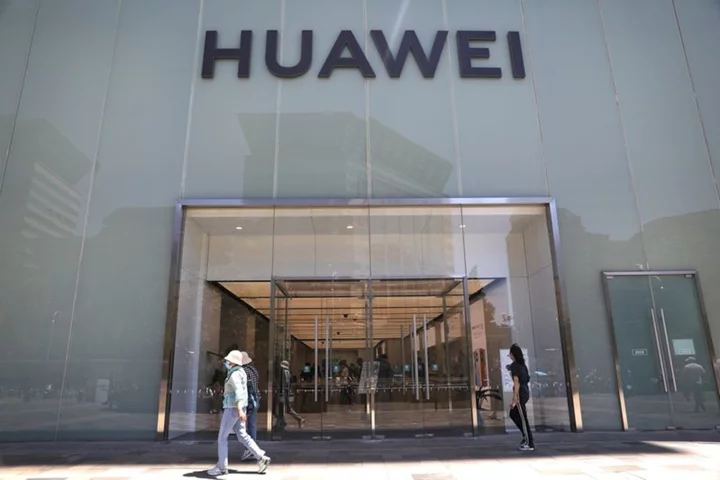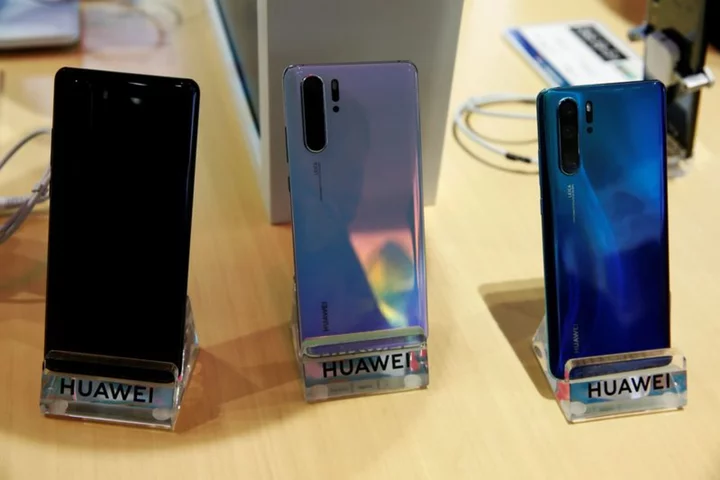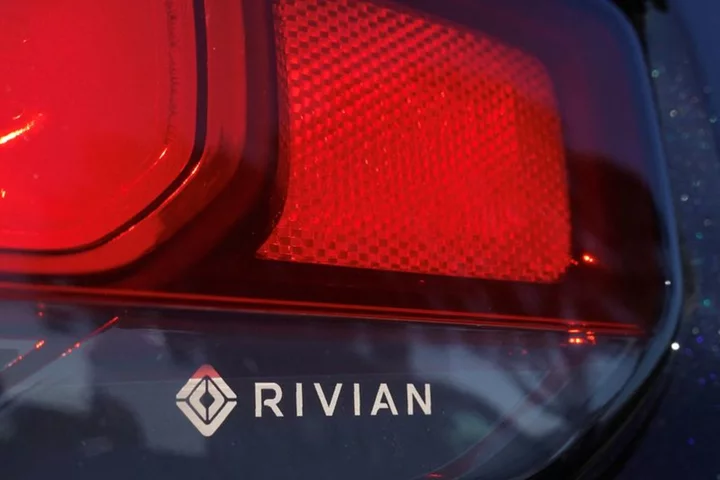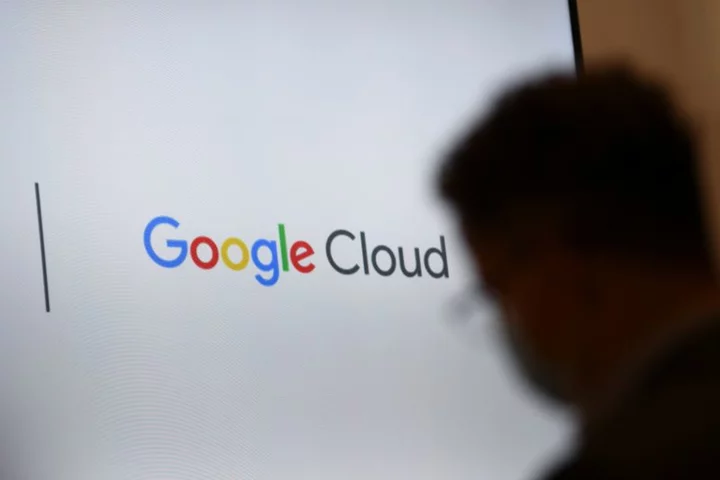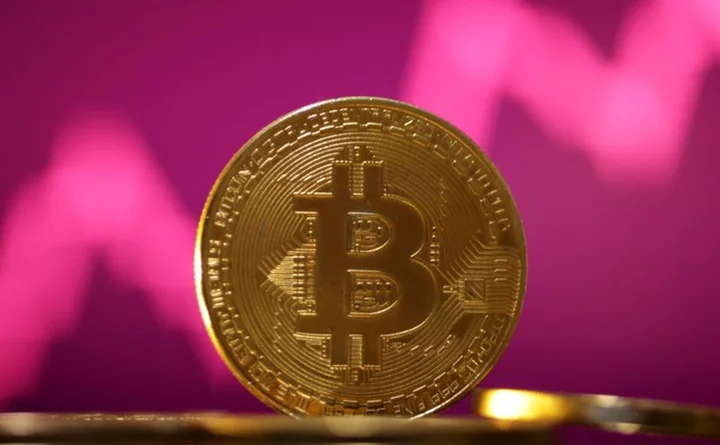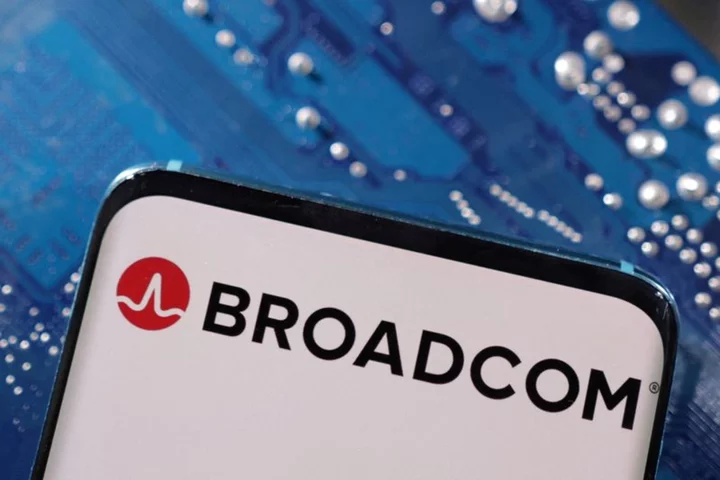When The Galveston Daily News asked local Walmart employees about the hottest holiday items for 1989, they got a list of the usual suspects: a Nintendo Entertainment System; VCRs; a Game Boy; and fax machines. But the one item that really fascinated shoppers, a store manager said, was a clear landline telephone.
These compact, push-button phones had translucent plastic cases so callers could see every component. They lit up in neon colors when the phone rang. And for a period in the 1980s and 1990s, they were the preferred way of ordering a pizza, prank-calling someone, or weeping after your high school crush said they just wanted to be friends.
A Ringing Endorsement
For decades, phones were utilitarian in purpose and appearance. Mounted on kitchen walls or resting on desks, they were often black and virtually without frills. That was thanks in large part to AT&T, which had a monopoly on the phone industry and saw little need to make phones more aesthetically pleasing. But things changed in the early 1980s after government intervention; the ensuing deregulation of the telephone industry meant that anyone could make one, and their ideas were far more daring than the stodgy models on offer. Phones could be fun or kitschy. Even better, they could become something teens would welcome as a birthday or holiday gift.
Trying to determine the responsible party for the first clear phone is a formidable task, though it apparently took some time before the idea occurred to anyone. A 1988 Los Angeles Times guide to Disneyland alerted visitors to check out the Premiere Shop in Tomorrowland, which was offering a “see-through telephone” for a steep $125, or the equivalent of $322 today. Later that year, The Honolulu Advertiser mentioned that a gift shop dubbed Nothing You Need (But Everything You Want) offered a clear phone from manufacturer Roxanne for $300, or almost $800 today. (The store also sold a gasoline-powered air mattress that could purportedly propel itself across the water.)
Another model was from BellSouth and Fun Products. Dubbed the Metrolight, it featured a “trimline” design with buttons on the handset and could be mounted to a wall, which is closer to the kind of clear phone people remember.
Fun Products was notable for having marketed the Swatch Watch, which also took a somewhat mundane product—a wristwatch—and imbued it with some personality: One 1985 model was translucent. The $65 phone (originally $130) got plenty of attention thanks to a deal struck with catalog company Sharper Image, which ordered 5000 of them.
While those phones were the first to market, it was likely Conair—yes, the hair dryer company—that brought it into the mainstream. According to a 2020 Slate piece by author Heather Schwedel, Conair executive Barry Haber was traveling when he came across a clear (though still clunky-looking) telephone. Haber believed a sleeker version at a more consumer-friendly price point would be best. He was right: The company sold 2 to 3 million phones over the next five years, with a typical retail price of $20 to $25, or roughly $56 to $64 now, accounting for inflation.
Cool Calls
Some phone purists wrote these clear phones off as a passing fad, claiming they lacked useful features. Few, if any, had answering machines or came in cordless versions. But really, that was the point. Kids were the primary demographic for the phones, and they didn’t really need anything fancy. The phones were seen as more of a room decoration than a multifunctional electronic gadget.
The clear phone wasn’t the only device to come out of the break-up of the phone industry. Phones shaped like Garfield, Snoopy, Mickey Mouse, hamburgers, and even the infamous Sports Illustrated NFL football phone—free with subscription—were all fun alternatives to boring handsets.
The clear fad had some mileage in other consumer lines, as well. The debut of Crystal Pepsi in 1992 promised a familiar soft drink taste without the mud-colored glass; Nintendo offered up a transparent Game Boy Advance; Apple’s 1998 iMac put its innards on display, immediately making industrial-looking personal computers look bland in comparison. (The see-through Apple models continued through 2004.)
Like most trends, clear phones lost their novelty over time. Today, there are periodic pleas for Apple to bring the clear-phone phenomenon full circle and release a transparent iPhone. (An Android phone, made by the brand Nothing, does come in a clear chassis.) Apple has yet to answer the call. It’s more likely that clear phones will be relegated to the nostalgia heap, a reminder of consumer marketing at its most transparent.
Related Tags
FUN CULTURE NOSTALGIA NEWS NINTENDO Pop Culture ENTERTAINMENT TECHNOLOGY DESIGN GAME Home / TBT
